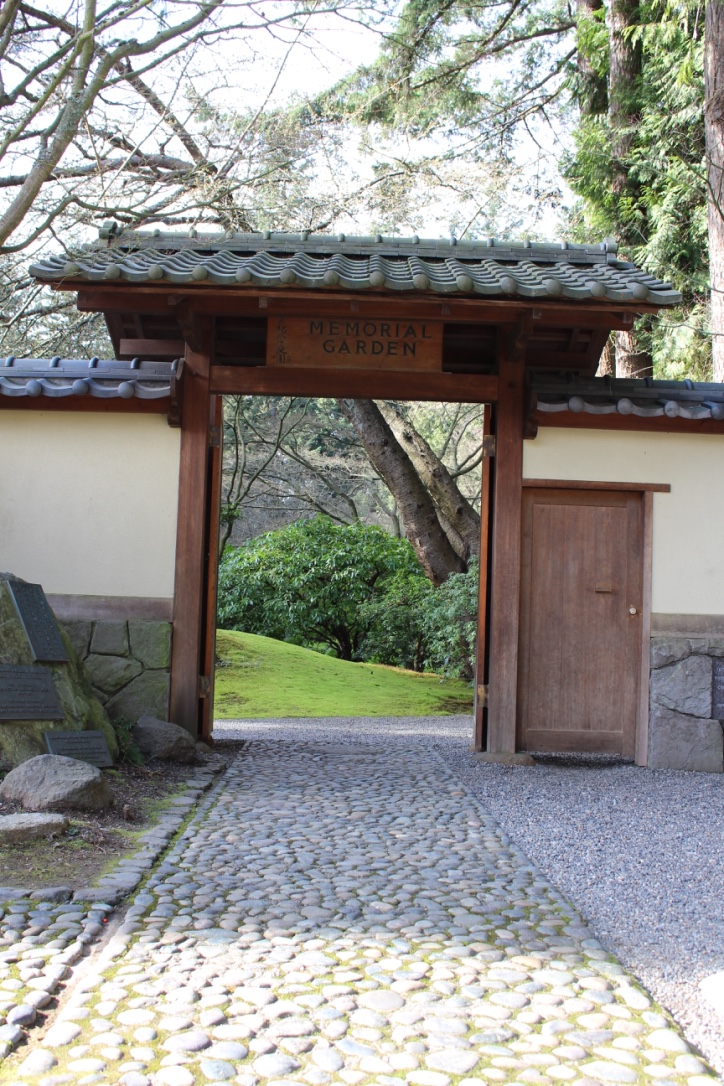
The entrance of the Nitobe Memorial Garden
A tōrō or a light tower is a lantern usually made of wood, stone or metal and can be found in temples or shrines where they function as lights for pathways. They were first introduced to Japan from China. The tōrō’s found in the Nitobe Memorial Garden range in all different sizes and have different names but the one pictured here is called the Kusaga garden lantern. It is an example of a pedestal style lantern.
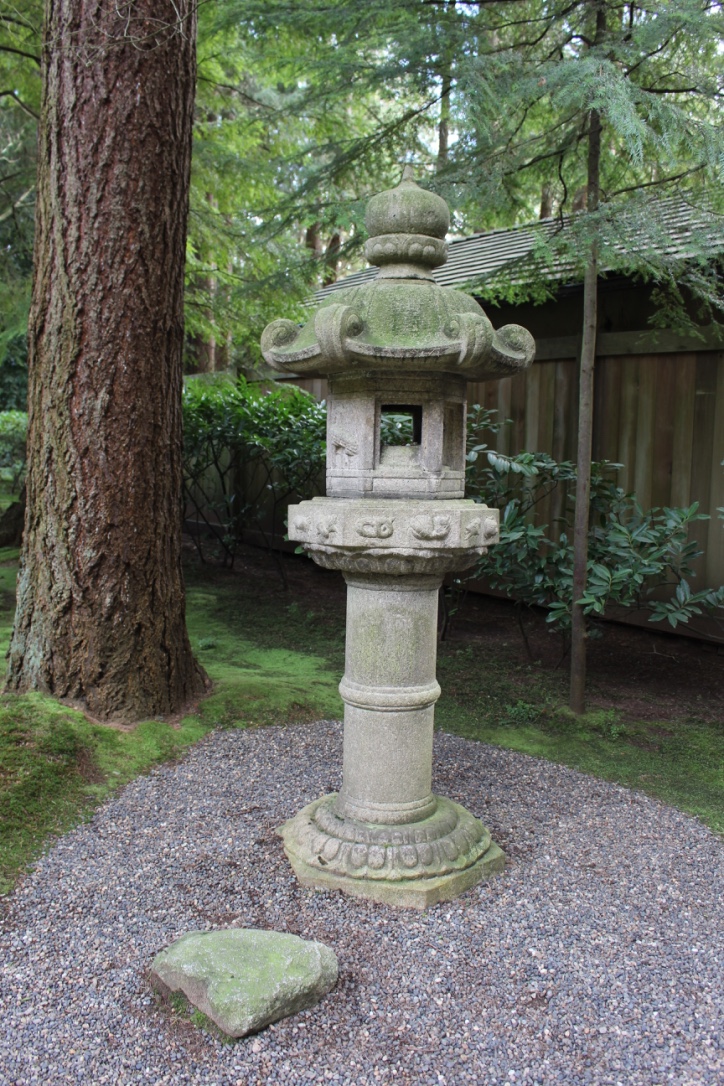
The Kasuga Grand Shrine is a Shinto shrine located inside a plantation of trees in Nara and the religion itself is deeply connected to the idea of nature. Lanterns are symbolic of illumination and of guidance. Even though a path may be messy and winding, with stone lanterns one is able to keep a look out.
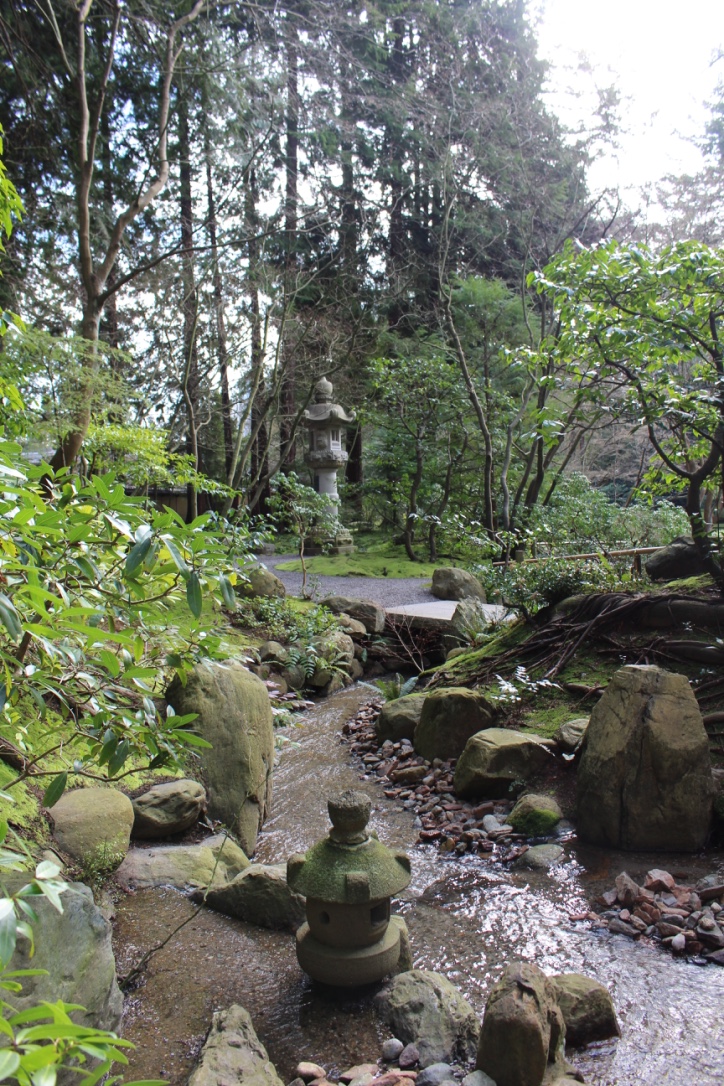
The five parts of the lantern can also symbolize an offering. The top of the lantern also symbolizes a lotus flower which resembles purity of mind and body. These lanterns have been interpreted as holding the sacred flame which represents the Buddha himself and his teachings that brings one light when within the darkness of ignorance.
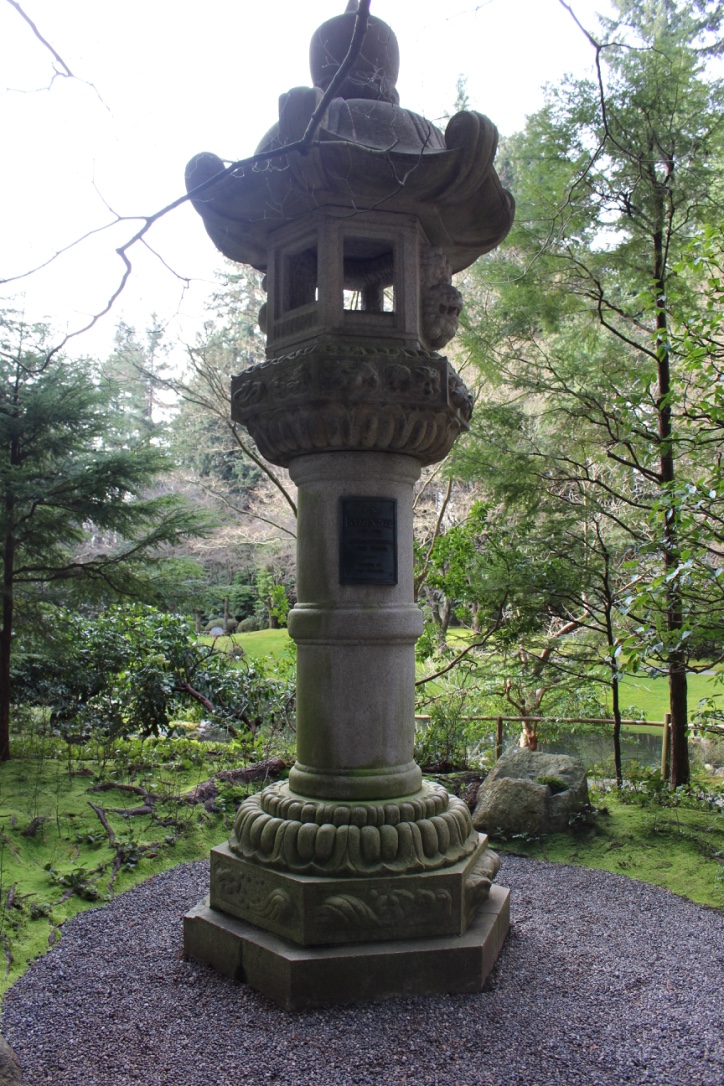
What makes this lantern so special and customized to this garden is that there are many patterns that are depicted on the Nitobe lantern. It has lotus blossoms on it to symbolize purity and paradise. The dog carved in it is also Nitobe’s birth sign. The other zodiac signs are engraved to represent different times of the year. For example, the rat is aligned to the north, indicating the month of December and the first hour of the day. This Nitobe lantern was installed in the garden in 1939 by the Japan Society to be interpreted as a symbol of a “Father figure” and also to honour Nitobe.
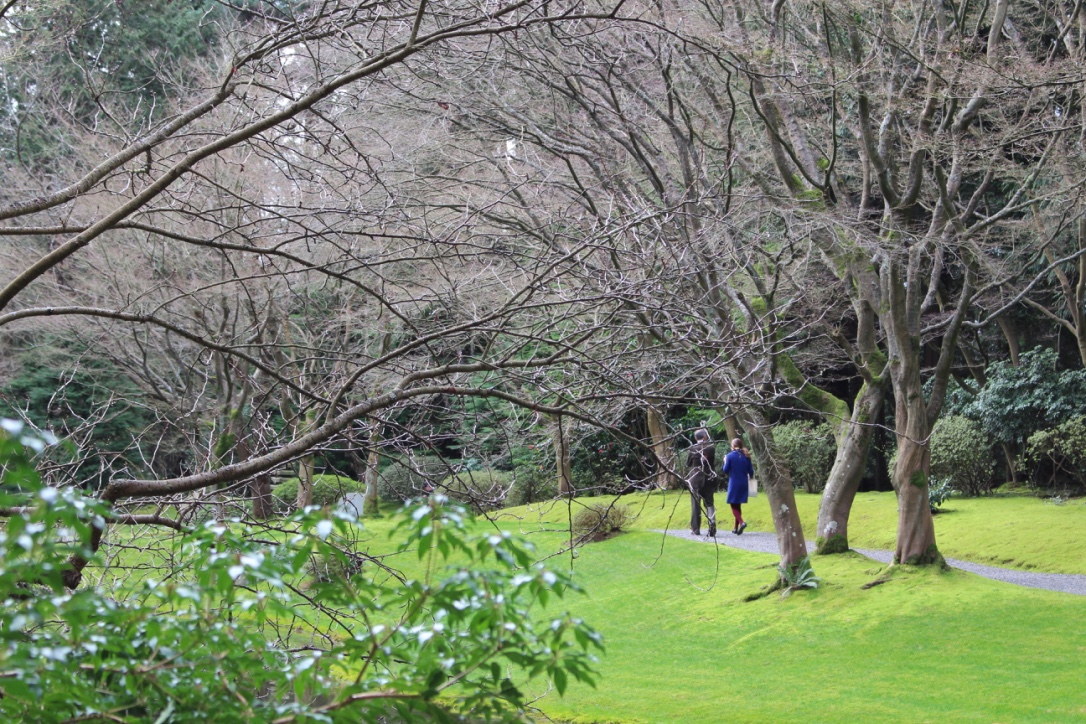
Schumacher, Mark. “Ishidoro – Japanese Stone Lanterns, Offerings of Light. Garden Decorations.” Web. 25 Feb. 2016. http://www.onmarkproductions.com/html/ishidoro.shtml.
Sugiyama, Ryo. “Nitobe Garden.” Lecture, University of British Columbia, Vancouver, BC, February 24, 2016.
“Symbolism Of Lanterns.” UBC Botanical Garden. Web. 26 Feb. 2016.